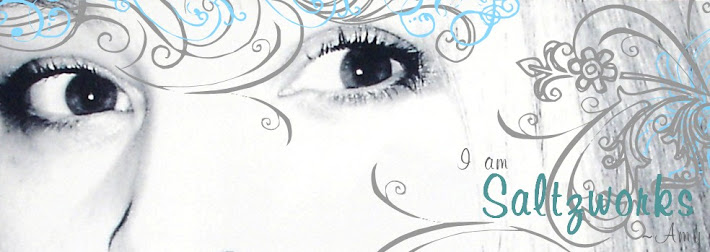This year we learned how to do some book mending -- I know you are all just dying to learn how to mend your books (ha, ha, you're going to get it anyway) so on your mark, get set . . .
MENDING TORN PAGES
The PVA Way
FIRST, ask yourself:
Time costs money. Is it worth the time?
Is the book easily and cheaply replaceable?
Will you be decreasing the value of an antique by mending it?
-Book with torn page/s
-PVA Glue (Polyvinyl Acetate--Neutral PH)
-Large flat synthetic paint brush
-Silicone Release paper or Parchment paper (not wax paper, although it will do if you are in a bind)
-Teflon or Bone Folder
 |
| Teflon folder |
Water and Paper Towels for clean-up
Weights, for pressure after (or a stack of books)
Before you start:
If it is your personal book, go ahead, mend away. Try out your skills.
If the book in question is an antique--but still your own--use caution.
If the book is a LIBRARY book . . . we will hunt you down and make you pay . . . ha, ha.
But seriously, do not attempt to mend library books. You do not have access to the same tools, materials or expertise that libraries have. And they will make you pay--for the whole book, not just a cheap page mend fee.
1- Protect the pages underneath with a Silcone Release paper or Parchment paper.
Tap off excess against the side of the jar.
LESS IS BETTER.
Gently but thoroughly apply PVA to the feathered edges of the tear.
3- IMMEDIATELY place torn edges together and press smooth.
4- Burnish seam with a Teflon or Bone folder
NOTE:
This method does NOT work with scissor cuts. It is best for those ragged tears that have a lot of feathering on the edges.
PVA TIP:
PVA dries fast. Cover your pot. Keep lid closed
Ordering online? Do not have your PVA shipped in cold weather. It cannot be allowed to freeze--at least not if you ever want to use it for more than a rather unattractive paper weight.
MEND ACCOMPLISHED
A PVA mend to a 'LIFTED' tear
-where the paper has been lifted, or peeled up
1- Apply PVA to lifted flap. Work fairly quick, quicker if your are in a dry climate.
--it's always a good idea to ISOLATE your mending page. Put Parchment paper underneath the page, even if the tear is not open to the page underneath.


2- Place parchment or silicone release paper on top of mend.
3- Shut book. If you have a nice flat board, place it on top of the book and then weight everything down.
At home, just place a stack of books -same sized and solid, for an alternative work around.
Warning:
It looks easier than it really is, but with a little skill, you too can fix those personal, but well worn treasures, or a few of those salvaged books from the discard piles at your local library, or your neighborhood garage sales, or even your favorite used book stores.This post would not have happened if not for the Harold B Lee Library's Archival and Mending department, the A. Dean Larsen Book Collecting Conference and instructors, James F. and Christina T.








No comments:
Post a Comment